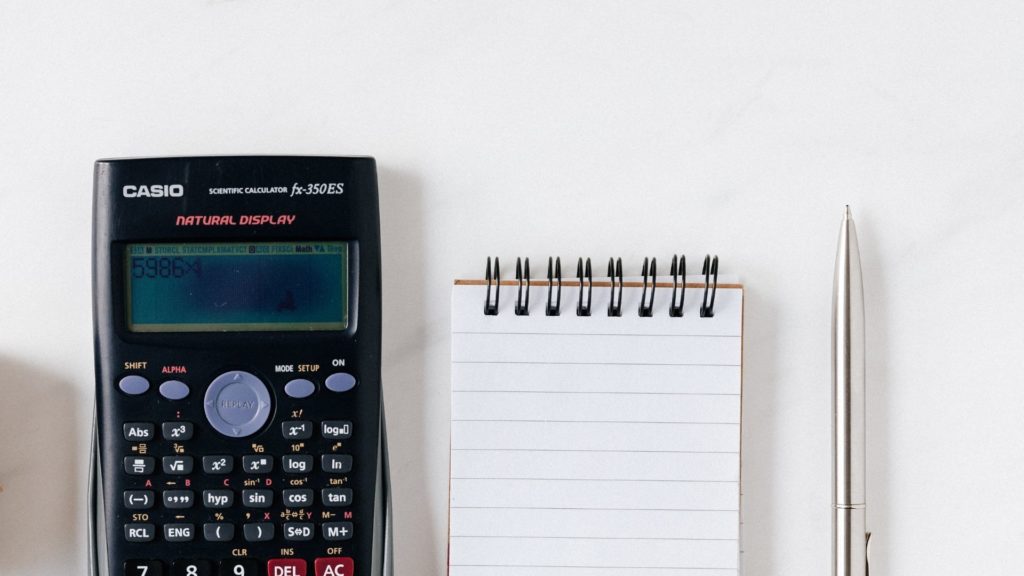One of the starting points when trying to manage your family or personal finances is to have healthy money habits and knowing how to budget for the home or yourself. This means knowing how much money comes in, how much money goes out and where you are spending, saving or investing your money on. That is basically how budgeting works.
Here are some of the things we did that made budgeting really worked for us. Grab a piece of paper and go through the steps on how to get the monthly budget you need for your household to operate or survive for the month.

Helpful steps on how to budget for the home
1] List your fixed monthly expenses
To make budgeting easy, you first have to list your FIXED EXPENSES and get it out of the way. You know exactly how much to pay every month for this one. These are fixed amount of monthly bills you have: Mortgage or Rent; Telephone & Internet Bill; etc. These expenses do not increase every billing or does not depend on total cost for service/product consumption. So you will always know the amount you need to set aside every month for these bills.
2] Note your fluctuating monthly expenses on bills
Next is to tackle and list your fluctuating monthly bills. These are expenses that depends on the product or service consumption. These bills fluctuate depending on your usage or consumption like electricity and water consumption, etc. You might already have a monthly average range cost for this already. Your budget should be the highest figure in that average range cost. Say for example, you pay your electricity bill around 1,200 – 1,500PH. That means you need to set aside 1,500PHP for electricity every month. This is to make sure that you’re not short on cash if the bill is 1,400PHP and you only set aside 1,200PHP.
3] List the basic grocery items you need
Budget for food or grocery is the tricky part. What we did is to make sure to list the home & food items we need for the month. This includes food items, personal hygiene items, cleaning items, etc. Ofcourse there will be months that you won’t purchase any cleaning items, so you need to spread out large purchases that you do not buy monthly across the quarter or the year. You also have to be mindful of putting unnecessary items on your cart, these can be junk food or products you just want to try but don’t really. These are the silent but deadly budget wreckers amd can easily get you off budget. Try this hack we are using to make sure we do not go over our grocery budget.
4] Note any quarter or annual expenses
You also need to note any payments you need to pay quarterly, bi-annually, or annually. These can be: School Tuition & Books; Insurances; etc. You need to divide the amount in 3 months for quarterly payments and 12 months for annual payment. That way you can set aside an amount every month, and when the payment is due, you already have the money to pay for it. A good example is personal insurance, if you’re paying 3,600PHP every quarter for a personal insurance, you need to set aside 1,200PHP every month for it. That way when the due date is around, it will not mess up your budget or you don’t have to worry where to get the money from. This preferably should be place in a separate account, so it will not be mixed with money intended to spend and pay off the bills.
5] Always add buffer or extra on top
When you’re still trying to learn how to budget, the smart way to go at it is always adding a buffer on top of the needed amount. For example, you are paying 8,000PHP monthly mortgage or rent. This monthly expense does not fluctuate since it a fixed billing for a fixed time duration. So you won’t expect it to increase unless the bank interest is increased after 3 or 5 years depending on your loan payment scheme or your lease contract expires and the lessor increases your rent. If yo have extra money to spare, I would always encourage to add a buffer to it, so instead of setting aside 8,000PHP per month, increase it to 10,000PHP instead. This is incase an increase happens, but you are already tight on your budget. The buffer gives you security that even if there’s an increase, you won’t have t worry about it.
All those that mentioned above, I highly encourage your home budget is placed in a separate and dedicated account. We call this account as HOME FUND. All funds needed to keep the home running is in this account. That way, you can look at this account meant ONLY to run the household. It’s also a way to secure and protect your savings from unnecessary excessive household spending. Having a separate home budget account also gives you clear picture of how much money you have left for spending. And because you have your savings in a different account, you will still feel secured that you have money left even if you see that you home budget is dwindling from all the necessary expenses.
6] Set aside for savings
Ideally, SAVINGS should be the first on the list. If we are trying to build an ideal budget based on the 50-20-30 Rule, you should already know that you need to set aside 20% of your income towards Savings. But what if you can not afford 20% to set aside for savings? You can try setting aside a fixed amount from your income. That way you always have money saved for the future. An important rule to remember is to alwaya PAY YOURSELF first. Your future self deserves to be rewarded with all the hard work you are doing yourself today. Savings should also automatically go to another savings account. DO NOT leave it in your home budget account. Leaving your savings on an account where you put your monthly expenses gives you the illusion that you have more money to spend and that could be a problem that leads to overspending. You need to separate your savings to secure amd protect it – even if it is from yourself.
7] Give yourself an allowance
It is important that you also give yourself an allowance. This is an extra money that you cam spend on anything you want and anything that you think is not necessary. This could be items for hobbies, for eating out, or for buying your weekly does of milktea. Referrably, it should be placed in a different account. The reason why it needs to be separated from the home budget is because this is the only amount you can allow yourself to spend on anything that is not related to keeping the house afloat.
8] Know how to forced save
At the end of each month you may find yourself with excess money from you monthly budget. This is because you have buffers on top of some expenses that are not used. FORCED SAVE. Force saving means to forcibly get yourself to save that extra even when you badly want to use it. You can add this on another savings account or you can invest it somewhere else. You are not supposed to
